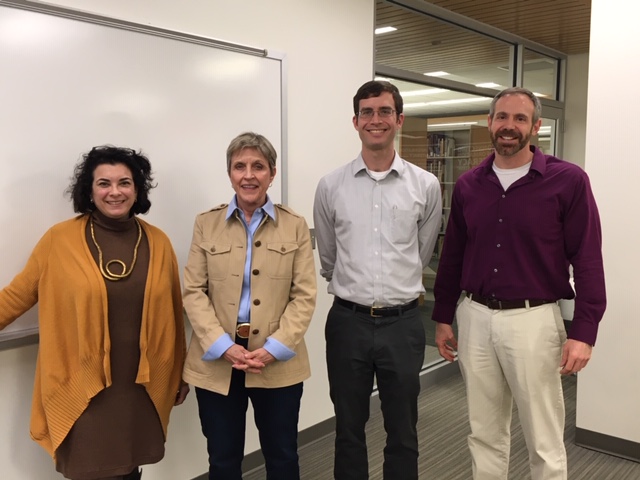
Clermont College Library welcomes a new Library Director, Catie Carlson!
Catie comes to UC Clermont from Tiffin University’s Pfeiffer Library where she served in various capacities, including Library Director. Her educational background includes a Master of Library & Information Science from Kent State University and a Master of Education from Tiffin University. She is currently studying adult learning and leadership at Kansas State University.
Catie’s role will provide much needed leadership and vision for the future of the library. Catie’s experience in academic libraries, teaching, and library services ensure that the Clermont College Library will continue providing excellent support to the college community.
I am very excited to welcome Catie and look forward to her leadership in the library and at Clermont College. Please join me in welcoming Catie!



